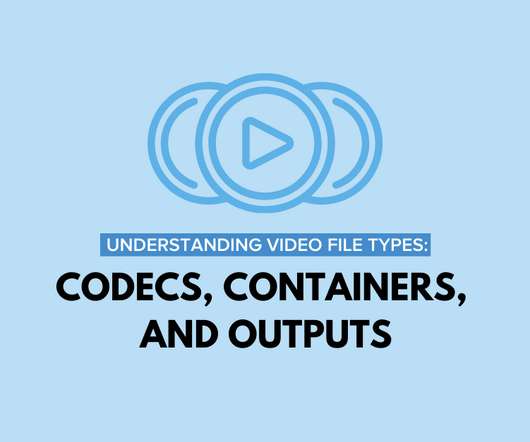eLearning Development: 4 Tech Considerations When Using Videos
Upside Learning
DECEMBER 15, 2009
Don’t double compress videos – use uncompressed or lossless formats when compressing to FLV format. Analyze if these videos are high motion (lots of zooms, fades and people moving around) or low motion (general talking heads). Encoding videos to FLV. Video delivery options. 264, On2 VP6 , and Sorenson Spark.

















Let's personalize your content